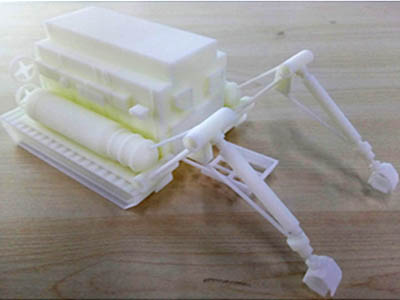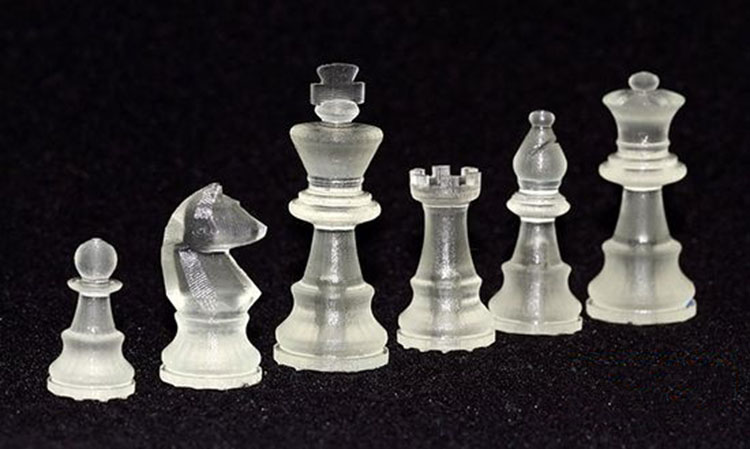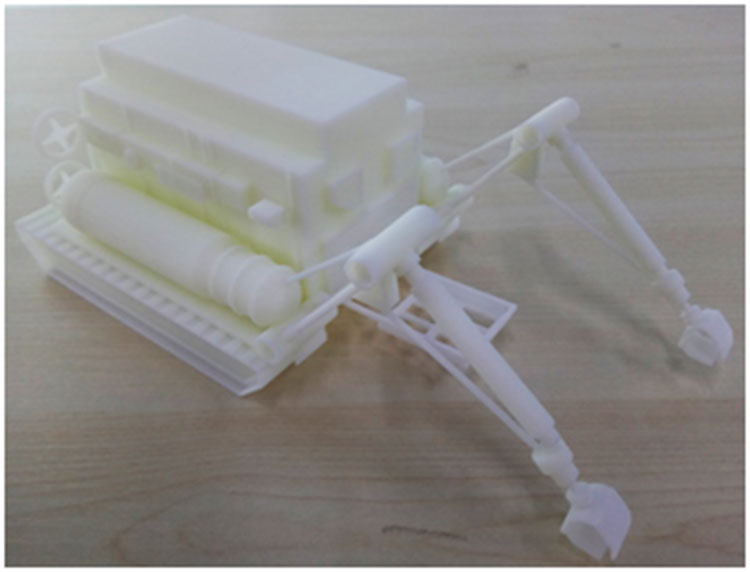What is SLA technology?

SLA is the abbreviation for “stereographic lithography”, or stereo-photonics formation.The laser with specific wavelength and intensity is focused on the surface of the light curing material to solidify successively from point to line and from line to surface. The drawing work of one layer is completed. Then the lifting platform moves the height of one layer in the vertical direction and solidifies another layer.These layers add up to form a three-dimensional entity.
SLA is the earliest practical rapid prototyping technology using liquid photosensitive resin raw materials.The process is as follows: first, a 3D solid model is designed through CAD, the model is sliced by a discrete program, and the scanning path is designed. The generated data will precisely control the movement of the laser scanner and the lifting platform.The laser beam penetrates the surface of the liquid photosensitive resin according to the designed scanning path through the scanner controlled by the numerical control device. After curing a layer of resin in a specific area of the surface, a section of the part will be generated after the processing of a layer.Then the lifting platform drops a certain distance, another layer of liquid resin is covered on the curing layer, and then the second layer is scanned, and the second curing layer is firmly bonded to the previous curing layer, so as to form a 3D workpiece prototype layer upon layer.After the prototype is removed from the resin, it is cured, polished, and then electroplated, painted or colored to obtain the desired product.
SLA technology is mainly used for manufacturing various molds and models.The SLA prototype can also be used to replace the wax mould in investment precision casting by adding other components to the raw material.SLA technology has fast forming speed and high precision, but due to shrinkage in the curing process of resin, stress or deformation will inevitably occur.Therefore, the development of photosensitive materials with shrinkage, fast curing and high strength is its development trend.
Advantages of SLA technology:
1. Photo-curing molding is the earliest rapid prototyping manufacturing process with high maturity and time test.
2. Direct prototyping by CAD digital model, fast processing speed, short product production cycle, no cutting tools and molds.
3. It can process prototypes and molds with complex structure and shape or difficult to be formed by traditional means.
4. Make THE CAD digital model intuitive and reduce the cost of error repair.
5. Provide samples for experiments, which can verify and check the results of computer simulation calculation.
6. On-line operation, remote control, conducive to the automation of production.
Disadvantages of SLA technology:
1. High cost of SLA system, high cost of use and maintenance.
2.SLA system is a precise equipment to operate on liquids, which has strict requirements on the working environment.
3. Most molding parts are resin type, with limited strength, stiffness and heat resistance, which is not conducive to long-term preservation.
4. The pre-processing software and the driving software have a large amount of computation, which is too closely related to the processing effect.
5. Complex operation of the software system, making it difficult to get started;The file format used is not familiar to the majority of designers.


